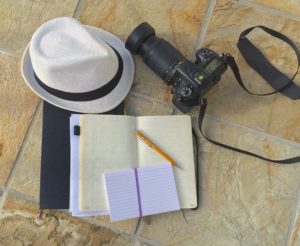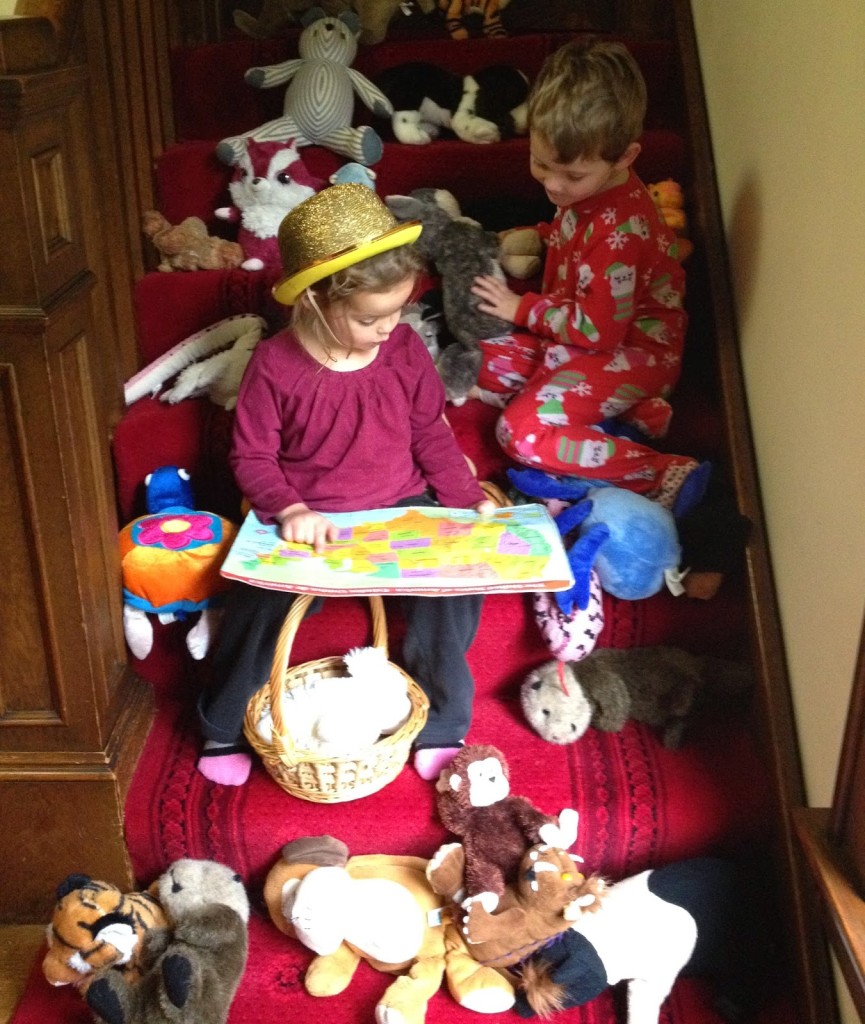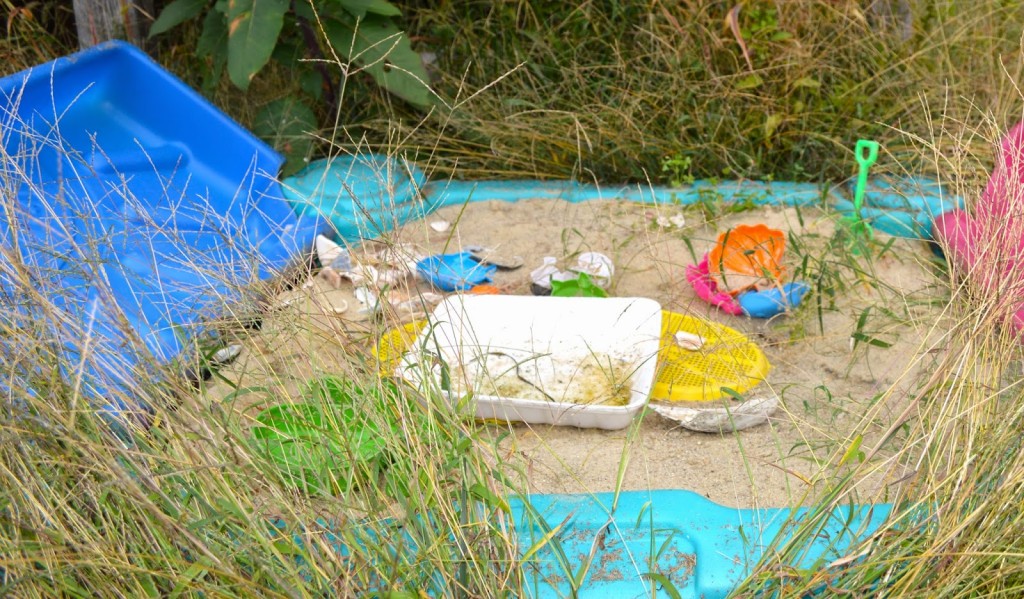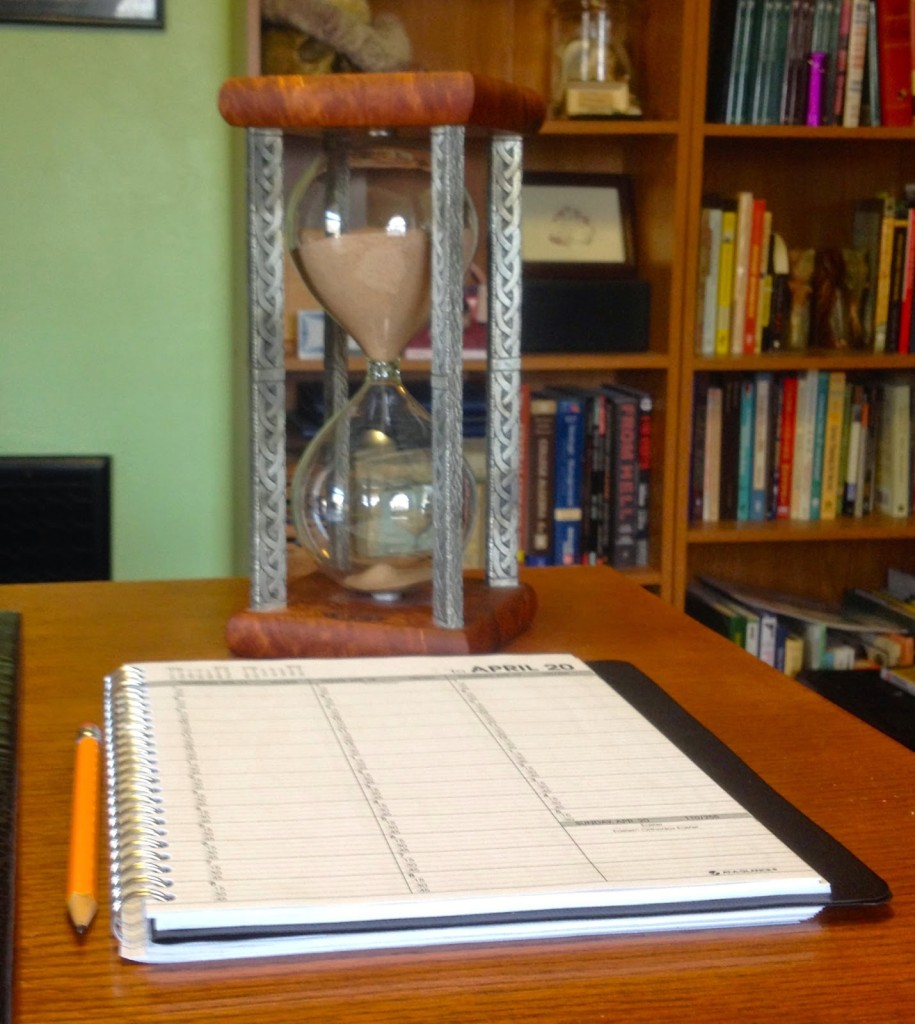This month’s blog post is going to be a little bit more nuts and bolts on how to write a book. There are numerous books that list steps for writing a novel. Many of them, while well-meaning simplify the process beyond to the point of being unrealistic. Going forward I will post more technical blog post for steps in the fiction writing process. Some steps will overlap with non-fiction and memoir. I’ll point out where the steps diverge and offer practical tips for those steps as well.
This is my list of steps for writing a fiction book. * Keep in mind this is my list. Your list may/will vary once you finish your first book. For most writers it is a process that they refine as they improve at the craft, the most important part of all of it is to start, keep what works for you and discard the rest. * This is a short list, but each step in the list is a project itself. Going forward I will explore each of these steps in longer blog posts with links and how-tos for each one.
- Idea. This is the kernel of thought that grows into a novel. It can be anything, an overhead sentence, a fragment of a song, a video clip, a person you see/meet, or a dream, anything really. The ideas I’ve found most worthwhile to investigate and expand on are the ones that stick around. Keep a small notebook or other means of recording record these snippets of ideas, so you never run out of things to write about.
- Expansion of the Idea. This is where you take the time to work through the initial idea and ask what if questions. Identify/create your main characters. This is where some folks get bogged down, deciding they don’t know enough to write about their idea and spend all of their time doing research for their novel. My advice is this, novels are ultimately about people and their interactions, no matter what type of novel you are writing. Do enough research to get started, to give you a rough idea of what details you may need later in revisions but set a time limit for your research and stick to it. You can come back later and fix things during revisions.
- Pre-writing: Character sheets, Goal, Motivation, and Conflict sheets. Plotting/ Scene list/outline. Decide on the length of your story. Set a deadline. If you haven’t downloaded my character workbook you can get it here: (https://dl.bookfunnel.com/ofxxsx32dj)
- Write first draft.
4a. Once you have completed your first draft, celebrate!
4b. Set the draft aside for one to two weeks (seriously do not look at it!).
- Read over first draft. make revision notes about structure, dialogue, plot, character ARCs and setting/description, also any research that needs to be done to fix things and add in details.
- This is where you fix all the problems from the first draft and refine your manuscript. Use your notes to fix plot holes, repetitive words, and add in or correct details from your research.
6a. Send draft to beta readers if using them. Work on the next project while waiting for their suggestions.
6b. Start the next project! Why start the next project now? Three reasons: 1. So you don’t sit around and freak out about the what ifs surrounding your book while it is out to your beta readers or copy editor. 2. So that you can remind yourself that you are a writer and writers write. 3. Once you have your book out on submission, if the publisher, acquiring editor, or agent replies, “I like this, what else do you have?” you will be ready to take advantage of their interest.
6c. Review beta suggestions, change things if you need/want to.
- Edit final draft.
- Read one more time. Send to your proofreader if you are using one.
- Format for Submission * Indie publisher this is when you format for the various vendors.
- Submit to editor, publisher, or agent. *Indie publisher this is when you publish.
- START NEW PROJECT! Not kidding here, iIf you didn’t start the next project before do it now! See the reasons under 6b for why you need to get back to writing.
This is not a definitive list but it is a place to start. Once you have written a book or two or three you will have your own list. Treat this list as a way to get started and break what is a large undertaking into manageable stages/activities/journey markers. This list focuses on the fiction writing process because most of the people who have asked for my advice or help with writing have been fiction writers and was generated for people who are considering submitting their work to an agent, publisher, or acquiring editor. I have indie published a small amount of my work and am not an expert on the process.
Luckily for folks who want to indie publish there are many more steps that go into this list. There are websites that have a ton of free information on how to indie publish and what steps you should follow to indie publish your manuscript. Here are three that I have used and value the information they provide.
Joanna Penn’s website (https://www.thecreativepenn.com) is loaded with free information. The folks at the The Creative Academy for Writers offer many events, writing sprints, craft workshops, and helpful workshops for indie and traditional writers and you can find them here: https://creativeacademyforwriters.com . The 20books to 50K Facebook group is also chock full of information, https://www.facebook.com/groups/20Booksto50k/ .
Writing a book is marathon. For folks with ADD/ADHD and other mental health challenges, it can feel like scaling a mountain just to get yourself to sit down and write. My goal is to offer suggestions that will work for folks that struggle with organization, executive function, and motivation. So many folks burn themselves out treating it like a sprint or they give up before they start because their brains do not function like everyone else.
My goal in presenting these topics each month is get you to the place where you’re ready to send your polished finish manuscript off to an agent, or an editor require a publishing house or you’re ready to go enter the steps that you would take to indie publish.
These are some helpful tools/websites/books for you to explore. Full disclosure: Some of these are affiliate links and I get a small commission if you use the link, it does not affect the price you pay for the item or service.
Scrivener (https://www.literatureandlatte.com/) I love Scrivener. It has a learning curve but it also has multiple tools that help me keep track of all my scattered thoughts and ideas that eventually become a book. It has helped my process more than anything else I have invested in since I started writing.
Learn Scrivener Fast (https://murphy.krtra.com/t/6hyUmVf9MYlF) The best investment I have made in my writing career. This course helps you get the most from Scrivener and Joseph’s teaching style is wonderful. Use the code on the first page for a discount.
Goal, Motivation, and Conflict by Debra Dixon. (http://www.debradixon.com) Conflict is story, and Debra Dixon’s Goal Motivation and Conflict is one of the best writing books I have ever read. She offers free tools on her website that will get you started with knowing your characters on a deeper level, and crafting story arcs that will keep your readers turning pages.
Scrappy Rough Draft by Donna Baker. ( https://www.amazon.com/Scrappy-Rough-Draft-strategically-motivate-ebook/dp/B07XNK536B/ ) : This book is the one to read if you are struggling with getting yourself to start. Full of great ideas and motivation treat yourself to this book that feels like your bestie is right there beside your chair cheering you on as you write.
Build Better Characters by Eileen Cook. (https://www.amazon.com/Build-Better-Characters-psychology-backstory-ebook/dp/B07XN1VJ6T/ ) Compelling characters and their change/growth are an essential part of fiction. Elaine’s book helps you get to the nuts and bolts of why your characters do the things they do. Chock full of helpful worksheets and ideas, this book is well worth your time.
Make A Scene by Jordan Rosenfeld. (https://www.amazon.com/Make-Scene-Revised-Expanded-Powerful-ebook/dp/B077KGM44N/) This book radically changed how I develop my storylines. A book is a collection of scenes and this book lays out how to string your scenes together to have your readers anxious to read what comes next. The best book in my opinion if you are struggling with the infamous “show don’t tell” writing advice. For those of us who are freaking out at the idea of writing an entire book (all those words!), working scene by scene helps with perspective. On those days I struggle overwhelm, I can remind myself I can move the novel forward one scene at a time.
I hope you will find some or all of these resources helpful,
until next time
Brenda.
















